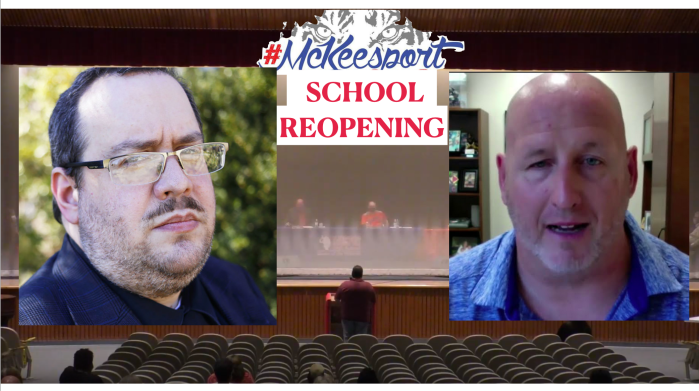NPE Releases New Report on Astonishing Charter School Closure Rates
Today, the Network for Public Education released a new report on the
astonishing rate at which charter schools close. The period covered in the
report was 1999-2017, using data collected by the U.S. Department of
Education. The findings were researched by Ryan Pfleger, Ph.D., and written
by Carol Burris, executive director of NPE.
Contact: Carol Burris
Phone: 516 993 2141
Email: cburris@networkforpubliceducation.org
Phone: 516 993 2141
Email: cburris@networkforpubliceducation.org
A new report shows that half of the nation’s charter schools fail during
their first fifteen years. The report concludes that nearly one million
students have been stranded by charters that closed.
A newly released report by the Network for Public Education (NPE) tracked
the longevity of charter schools that opened during the same year in order
to determine the rate and progression of charter school failure. Analyzing a
database that tracks charter schools over two decades, the report documents
an astounding 50% failure rate by the close of year 15.
Commenting on the report’s analysis and findings, NPE Executive Director,
Carol Burris, said, “We asked education researcher Ryan Pfleger, Ph.D. to
analyze the U.S. Department of Education’s Common Core of Data to determine
charter school failure rates at the 3, 5, 10 and 15-year marks. We were
shocked to find that even by year 5, less time than it takes for a child to
complete elementary education, 27% of charter schools are gone.”
Pfleger analyzed charter schools in the United States as far back as
possible given the data available. Using enrollment numbers from the final
year that the charter school was open, he documented that more than 867,000
students were enrolled in charters that closed between 1999 and 2017. “If we
added closures prior to 1999 and subsequent to 2017, it is likely that one
million students have been displaced,” he observed.
The study also found that charter closures were most likely to occur in the
poorest neighborhoods of America’s poorest cities.
Dountonia Batts, an NPE Board member, and former Indiana charter school
teacher concurred with the findings of the report, “I had students whose
high school experience was completed at three different schools because of
closing after closing. The marketing to the broader community is that
charters are better for vulnerable students, which likely eases the
collective conscience of those who benefit from the voluntary re-segregation
of schools by choice. The students who often feel the hurt first are in
black and brown communities where the charter product is peddled as a civil
rights solution.”
Commenting on the report, historian of education Diane Ravitch concluded,
“The public school should be a stable institution in every community, always
there for children and families. Unfortunately, as this report shows,
charter schools are inherently unstable. Charters fail for a variety of
reasons, mainly because they are a market mechanism, like shoe stores or
restaurants. Here today, gone tomorrow.
The report, Broken Promises: An Analysis of Charter School Closures
1999-2017, and an animated map that shows the accumulation of failures
across the United States can be found at https://networkforpubliceducation.org/brokenpromises.
























